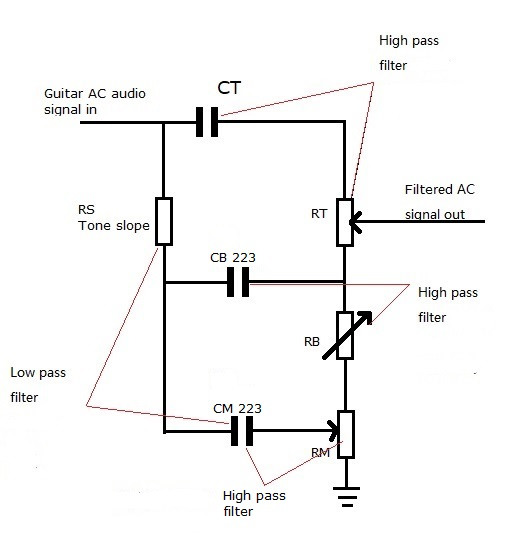
2000-WATT 15-INCH 2-WAY POWERED LOUDSPEAKER
- 2000 W peak (1300 LF + 700 HF) 1000 W continuous RMS (650 LF + 350 HF)
- 15-inch (381 mm) LF driver, 3-inch (76 mm) high-temperature voice coil
- 1.4-inch (35 mm) neodymium magnet HF driver with precision wave guide
- Pole-mountable, wedge monitor, bracket installation or flown application with integral M10 suspension points
- Integrated 2-channel mixer with dual XLR 1/4-inch combo mic/line inputs, independent level controls, XLR Link output, Contour EQ switch and Ground-Lift switch
- Custom-engineered high-efficiency class D amplifiers with passive cooling design – no fan means the speaker runs cleaner, quieter and has greater long-term reliability
- Designed and tuned in the USA
Expectations Exceeded.
The new Alto Professional Truesonic TS3 Series does everything you demand in a no-compromise family of professional loudspeakers. These speakers solve every performance and installation challenge you have. They are high-performance in every sense: Their new transducers and amplifiers enable them to play extremely loud and clear, without compromise or restriction. And they are “high-performance” from a concept and manufacturing standpoint—we made sure that every aspect of their design outperformed what it had to do. The end result are loudspeakers that achieve a level of excellence and refinement that defies expectations. Defies your expectations.
There are four models in the new TS3 range: The TS308, TS310, TS312 and TS315, with 8-10-12- and 15-inch woofers respectively. The range shares a new 2000-watt peak (1000-watt continuous) amplifier, a significant advance over the 1100-watt peak (550-watt continuous) amplifiers in the TS2.
The four models boast all-new low-frequency drivers, designed to play louder and handle more power than their already-impressive predecessors, the wildly-successful TS2 Series. They also have a new horn-loaded high-frequency driver. This impressive transducer has a brand-new heat sink design that provides exceptional heat dissipation for impressive power-handling, even at all-night-long concert levels. Because these new drivers can safely handle the additional power, the TS3’s take full advantage of the increased wattage and will play at higher SPLs with lower distortion.
We’ve even made the TS3’s easier to use, with an updated control panel and clearer control indications and detents that make for a faster, more precise setup.
2000 watts of bi-amplified power, newly-designed drivers and easier, more satisfying controls and setup—the new TS3 range doesn’t merely meet your requirements. It makes you re-think what’s possible.
TECH INFORMATION
- Output Power: 2000 W peak (1300 LF + 700 HF) 1000 W continuous RMS (650 LF + 350 HF)
- LF Driver: 15-inch (381 mm) LF driver, 3-inch (76 mm) high-temperature voice coil
- HF Driver: 1.4-inch (35 mm) neodymium magnet HF driver with precision wave guide
- Crossover: 2 kHz
- Maximum SPL: 134 dB peak, 131 dB continuous (dB SPL @ 1 m)
- Frequency Response: 50 - 20 kHz (+/- 3 dB)
- Frequency Range: 43 Hz - 22 kHz (-10 dB)
- Horn Coverage: 90° H x 60° V nominal
- Equalization: Contour Switch Low and High Frequency +3dB Boost
- Connectors: (2) XLR/TRS 1/4” (6.35 mm) combo inputs, (1) XLR link output, (1) IEC power cable input
- Controls: (2) Volume, Power on/off switch, Contour switch, Ground-Lift switch
- Indicators: 2 x Power LED (front and rear), Clip limiter LED
- Protection: Electronic clip, Thermal and transducer overdrive protection
- Power Connection: IEC with Mains Fuse
- AC Voltage Input: 100,110-120,220–240 V, 50/60 Hz
- Enclosure: Trapezoidal, injection-molded, polypropylene enclosure, with perforated steel grille
- Mounting/Installation: 36 mm standard pole mount, Wall or ceiling mount using TSB125 bracket, Flown application with integral M10 suspension points, Wedge monitor
- Dimensions: (H x W x D): 25.7” x 16.6” x 15.4” / 652mm x 421mm x 392mm
- Net Weight: 41.3 lbs. / 18.8 kg.
- Design Origin: Designed and tuned in the USA
- Accessories: TSB125 Bracket, TS215 Cover


















